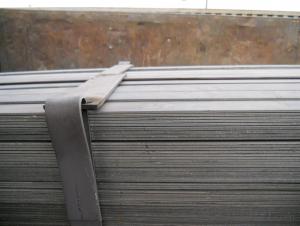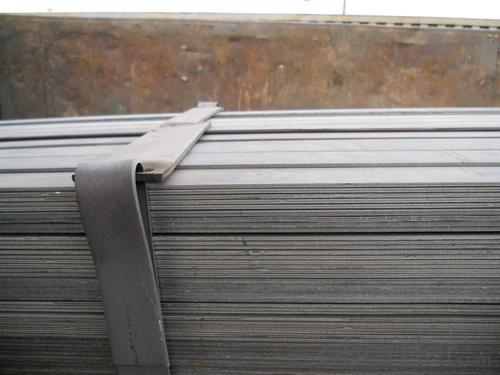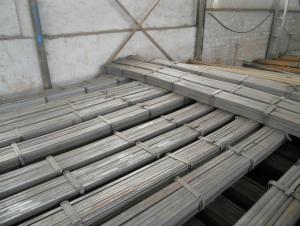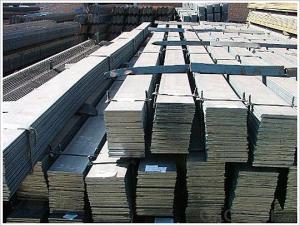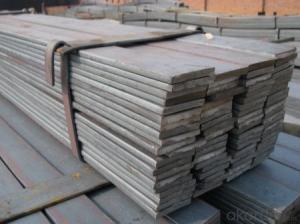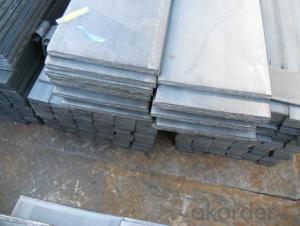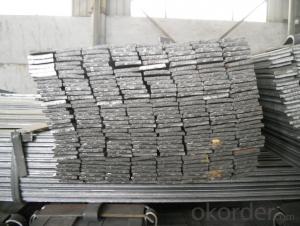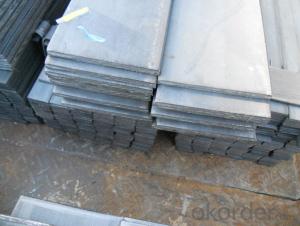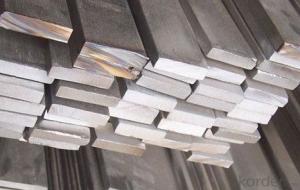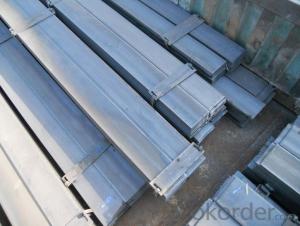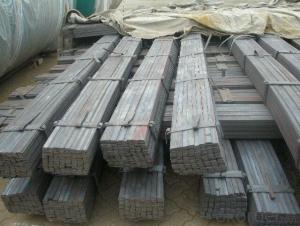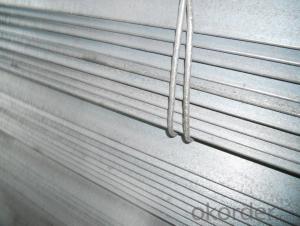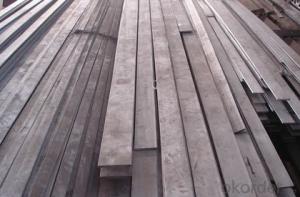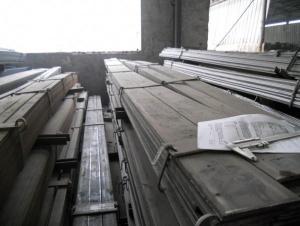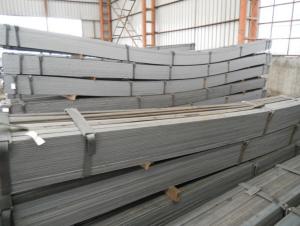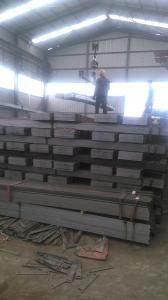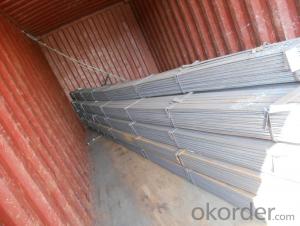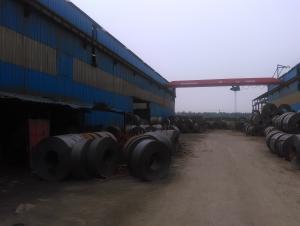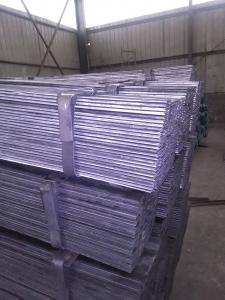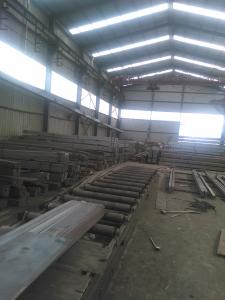Mild Steel Prime Hot Rolled Flat Steel Bar
- Loading Port:
- China main port
- Payment Terms:
- TT OR LC
- Min Order Qty:
- 100 m.t.
- Supply Capability:
- 10000 m.t./month
OKorder Service Pledge
OKorder Financial Service
You Might Also Like
Specification
Product Description:
OKorder is offering Mild Steel Prime Hot Rolled Flat Steel Bar at great prices with worldwide shipping. Our supplier is a world-class manufacturer of steel, with our products utilized the world over. OKorder annually supplies products to African, South American and Asian markets. We provide quotations within 24 hours of receiving an inquiry and guarantee competitive prices.
Product Applications:
Mild Steel Prime Hot Rolled Flat Steel Bar are ideal for structural applications and are widely used in the construction of buildings and bridges, and the manufacturing, petrochemical, and transportation industries.
Product Advantages:
OKorder's Mild Steel Prime Hot Rolled Flat Steel Bar are durable, strong, and wide variety of sizes.
Main Product Features:
· Premium quality
· Prompt delivery & seaworthy packing (30 days after receiving deposit)
· Can be recycled and reused
· Mill test certification
· Professional Service
· Competitive pricing
Product Specifications:
Manufacture: Hot rolled and Slited
Grade: Q195 – 235
Certificates: ISO, SGS, BV, CIQ
Length: 6m – 12m, as per customer request
Packaging: Export packing, nude packing, bundled
FAQ:
Q1: Why buy Materials & Equipment from OKorder.com?
A1: All products offered byOKorder.com are carefully selected from China's most reliable manufacturing enterprises. Through its ISO certifications, OKorder.com adheres to the highest standards and a commitment to supply chain safety and customer satisfaction.
Q2: How do we guarantee the quality of our products?
A2: We have established an advanced quality management system which conducts strict quality tests at every step, from raw materials to the final product. At the same time, we provide extensive follow-up service assurances as required.
Q3: How many tons of steel products could be loaded in containers?
A3: Usually the steel products are delivered by bulk vessel because of the large quantity and the freight. However, there are no bulk vessel enter some seaports so that we have to deliver the cargo by containers. The 6m steel product can be loaded in 20FT container, but the quantity is changed according to the size, usually from 18tons to 25tons.
Images:
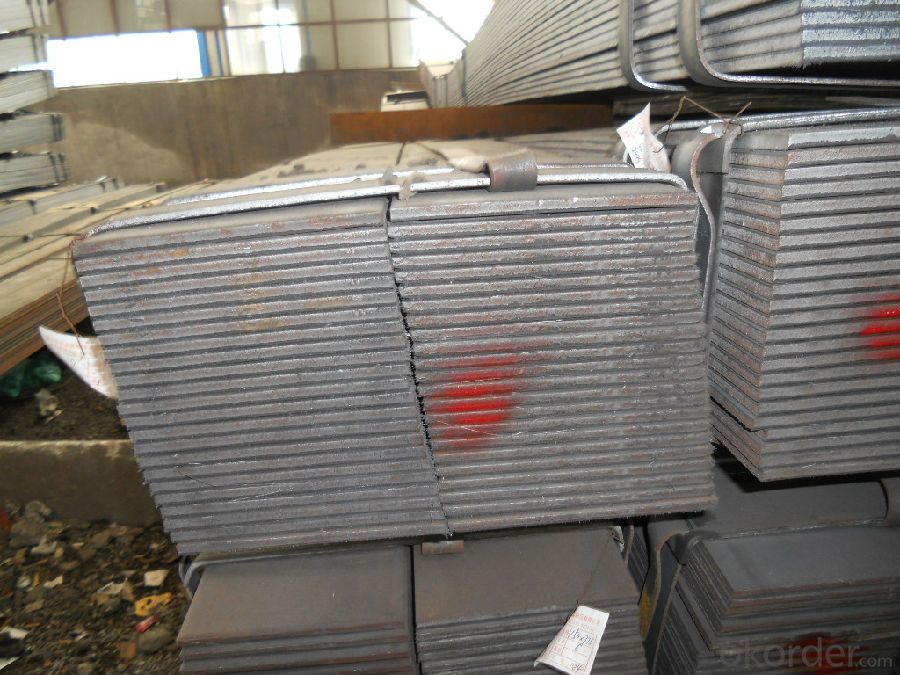
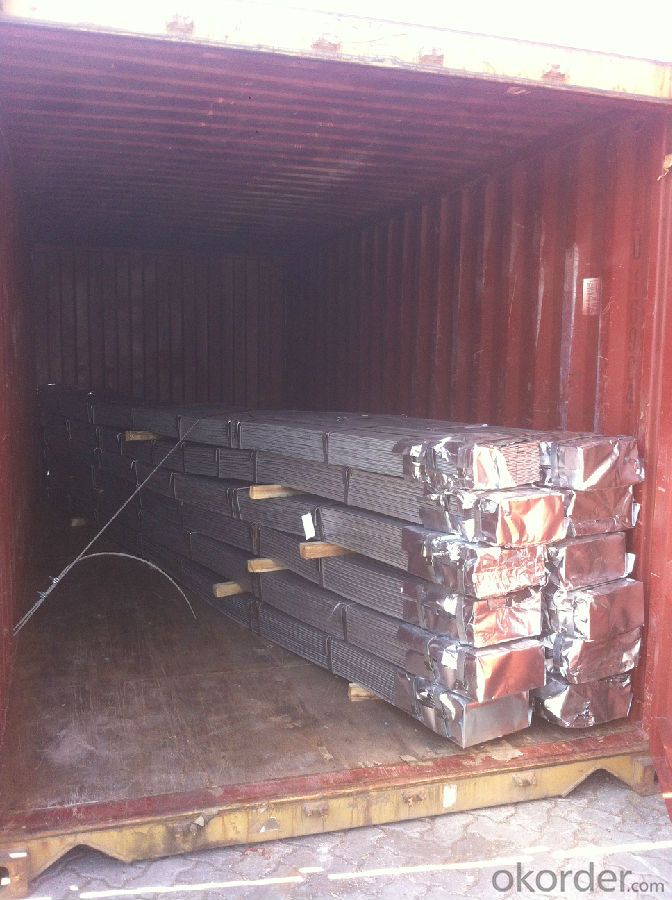
- Q: How do steel flat bars withstand heavy loads?
- Steel flat bars are specifically designed to withstand heavy loads due to their unique properties and construction. Firstly, steel is an incredibly strong and durable material. It has a high tensile strength, meaning it can withstand large amounts of force or pressure without breaking or deforming. This inherent strength makes steel flat bars an ideal choice for supporting heavy loads. Additionally, the flat shape of the bars provides increased stability and load-bearing capacity. The wide surface area of the flat bar allows for even distribution of the load, preventing concentrated stress points that could cause failure or deformation. Moreover, steel flat bars are often reinforced or tempered through various manufacturing processes. For example, they may be hot-rolled, which involves heating the steel to high temperatures and then rapidly cooling it to increase its strength and hardness. This process helps to further enhance the load-bearing capabilities of the flat bars. Furthermore, steel flat bars can be fabricated to meet specific load requirements. They can be cut, bent, or welded to create customized shapes and sizes that are optimized for the intended load. This versatility allows for the creation of structural elements that are specifically engineered to withstand heavy loads. Overall, the combination of steel's inherent strength, the wide surface area of the flat shape, reinforcement processes, and customization options make steel flat bars highly capable of withstanding heavy loads. They are a reliable and commonly used choice in construction, manufacturing, and other industries where robust load-bearing capabilities are necessary.
- Q: Can steel flat bars be used for making machinery frames?
- Machinery frames can indeed be constructed using steel flat bars. The use of steel flat bars is widespread across various industries, particularly in machinery manufacturing, owing to their remarkable strength, durability, and versatility. The flat shape of these bars facilitates easy fabrication and welding, enabling the creation of frames in a wide range of sizes and shapes. By employing steel flat bars, a stable and inflexible structure can be achieved, guaranteeing the stability and long life of machinery frames. Furthermore, steel is renowned for its ability to bear heavy loads and vibrations, making it an ideal choice for withstanding the challenges that machinery frames may face. In conclusion, steel flat bars are a dependable option when it comes to constructing machinery frames, as they provide the necessary strength and stability for the smooth operation of the machinery.
- Q: What is the minimum yield strength of a steel flat bar?
- The minimum yield strength of a steel flat bar can vary depending on the specific grade and type of steel being used. However, in general, the minimum yield strength for a standard carbon steel flat bar is typically around 36,000-40,000 psi (pounds per square inch).
- Q: How do steel flat bars compare to copper flat bars?
- Steel flat bars and copper flat bars have versatile uses across various industries, but they differ significantly in terms of properties and applications. To begin with, steel flat bars surpass copper flat bars in terms of strength and durability. Steel boasts higher tensile strength and hardness, making it ideal for load-bearing and structural support applications. It can withstand heavy loads, making it suitable for construction, manufacturing, and automotive industries. Conversely, copper flat bars are relatively softer and more malleable, making them better suited for electrical applications like wiring and circuitry. Secondly, steel flat bars exhibit excellent corrosion resistance, particularly when coated with protective materials like galvanized or stainless steel. This makes them suitable for outdoor applications where exposure to moisture, chemicals, and harsh weather conditions is expected. Copper, on the other hand, possesses natural corrosion resistance and forms a protective oxide layer, making it ideal for plumbing, electrical, and marine applications. Another significant difference lies in their thermal conductivity. Copper serves as an excellent conductor of heat and electricity, making it widely used in electrical wiring and heat exchangers. Although steel is not as efficient in conducting heat and electricity as copper, it still possesses moderate thermal conductivity and finds applications in heating systems and heat transfer equipment. Furthermore, steel flat bars generally prove more cost-effective compared to copper flat bars. Steel is abundantly available, making it less expensive than copper, which is a relatively scarce resource. This cost difference serves as one of the primary reasons why steel is more commonly used in construction and manufacturing industries. In conclusion, steel flat bars are known for their strength, durability, corrosion resistance, and cost-effectiveness. They find common usage in load-bearing applications and outdoor environments. Copper flat bars, on the other hand, are softer, more malleable, and exhibit excellent electrical conductivity. They are widely utilized in electrical and plumbing applications. Ultimately, the choice between steel and copper flat bars depends on the specific requirements of the application at hand.
- Q: What are the dimensions of a typical steel flat bar?
- The dimensions of a typical steel flat bar can vary depending on the specific requirements and intended use. However, common dimensions for a standard steel flat bar typically range from 1/8 inch to 1 inch in thickness and 1/2 inch to 12 inches in width. The length can vary but is often around 20 feet.
- Q: What are the different sizes available for steel flat bars?
- There is a range of sizes available for steel flat bars to meet different needs and applications. The dimensions of steel flat bars typically vary from 1/8 inch in thickness and 1/2 inch in width to 1 inch in thickness and 12 inches in width. Some commonly used sizes include 1/4 inch in thickness and 1/2 inch in width, 3/8 inch in thickness and 1 inch in width, and 1/2 inch in thickness and 2 inches in width. Moreover, larger sizes of steel flat bars can be obtained, such as 1 inch in thickness and 6 inches or wider in width. The specific size required will depend on the intended purpose of the steel flat bar, whether it is for structural support, fabrication, or general construction. It is advisable to consult a steel supplier or manufacturer to determine the most appropriate size for your particular application.
- Q: How do steel flat bars contribute to the overall sustainability of residential projects?
- Steel flat bars contribute to the overall sustainability of residential projects in several ways. Firstly, steel is a highly durable and long-lasting material, which means that steel flat bars used in construction can help increase the lifespan of residential buildings. This reduces the need for frequent repairs and replacements, thereby minimizing waste and conserving resources. Additionally, steel is a recyclable material, meaning that steel flat bars can be easily repurposed or recycled at the end of their lifespan, reducing the demand for new steel production and minimizing the environmental impact. Furthermore, steel's strength allows for the use of lighter structural elements, which can result in more energy-efficient buildings. Overall, steel flat bars contribute to sustainable residential projects by promoting durability, recyclability, and energy efficiency.
- Q: What are the different types of corners available for steel flat bars?
- There are several different types of corners available for steel flat bars, including square corners, rounded corners, beveled corners, and chamfered corners. These variations in corner types provide different aesthetic and functional features, allowing for greater versatility in various applications.
- Q: Are steel flat bars commonly used in the construction of industrial buildings?
- Steel flat bars are frequently utilized in the construction of industrial buildings. Steel is an adaptable and long-lasting substance that is extensively employed in construction because of its robustness and capacity to endure substantial loads. In industrial buildings, flat bars are favored as they provide a steady and uniform surface for supporting structures, framing, and reinforcement. They serve as beams, columns, and braces, offering crucial structural stability to the building. Moreover, steel flat bars are easily manipulated and can be tailored to suit specific design prerequisites, making them the preferred option in industrial construction undertakings.
- Q: Can steel flat bars be drilled or machined?
- Yes, steel flat bars can be drilled or machined. Steel is a versatile material that can be easily machined or drilled using appropriate tools and techniques. Flat bars made of steel can be drilled using a drill press or handheld drill equipped with a suitable drill bit. Similarly, they can be machined using milling machines, lathes, or CNC machines to achieve desired shapes or dimensions. However, it is important to use the right cutting tools and lubricants to ensure efficient machining and to prevent damage to the steel flat bars.
Send your message to us
Mild Steel Prime Hot Rolled Flat Steel Bar
- Loading Port:
- China main port
- Payment Terms:
- TT OR LC
- Min Order Qty:
- 100 m.t.
- Supply Capability:
- 10000 m.t./month
OKorder Service Pledge
OKorder Financial Service
Similar products
Hot products
Hot Searches
Related keywords
